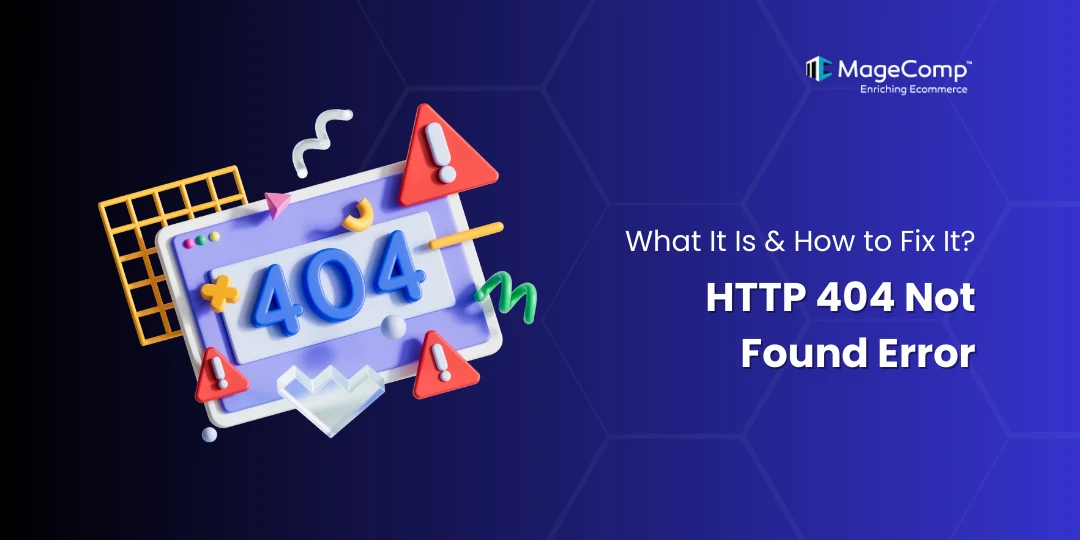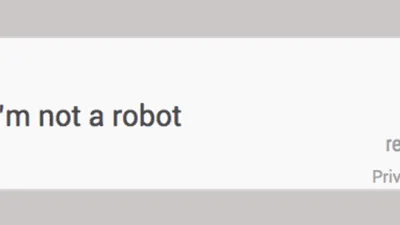Have you ever visited a website and clicked on a link only to arrive at a page showing “404 Not Found Error”? This is an all-too-common error that can frustrate users and damage a website’s user experience and search engine optimization.
In this blog, we will cover what a 404 error is, what might have caused the 404 error, and how to fix it.
What Is an HTTP 404 Not Found Error?
The HTTP 404 Not Found error is among the commonly used 404 error codes a server will return when it cannot find the requested web page. In simple terms, the server is working, but the page does not exist.
For users, this usually shows up as messages like:
- “404 Not Found”
- “Page Not Found”
- “The requested URL was not found on this server.”
Causes of a 404 Not Found Error
The following are a few different common reasons a 404 error may occur:
- Broken or Outdated Links – Generally clicking links that point to moved or deleted content.
- Misspelled URLs – A simple typo on the URL could cause a 404 error.
- Pages Deleted or Moved – Deleting or moving content on a site and not redirecting the pages properly.
- Server or CMS Configuration Errors – Certain platforms like Magento, WordPress, or Shopify can cause errors.
- Domain Changes – For example, moving to a new domain and forgetting to change the links.
How to Fix a 404 Not Found Error
For Website Visitors
If you are performing as a visitor and face the 404 Not Found error:
- Review the spelling of the URL.
- Reload the 404 error page.
- Clear the cache and cookies from your browser.
- Utilize the site’s search function, or use the homepage to explore the options.
For Website Owners
Correcting 404 errors can be quite important for SEO and a great user experience for your site visitor. Here are some methods on how to fix a 404 Page Not Found error:
- Discover Broken Links – Discover broken links in Google Search console, Ahrefs, or Screaming Frog.
- Add 301 Redirects – This will redirect the visitor from the dead/404 URL, to related pages, so you will keep more of the SEO value of the URL and you won’t lose as much ranking.
- Restore or Replace any Dead Pages – If valuable content for your website was deleted, then re-upload the content or create a similar replacement page.
- Fix Internal Links – Make sure all of your internal links related to your hyperlinks on your site are relevant to your dead end URL and also check that all of those hyperlinks are not dead links.
- Create a Custom 404 Page – Instead of having a simply dull plain error, take the time to create a helpful custom 404 page with navigation links, search function, or product recommendations.
- Check CMS and Server Settings – If you have a website with a CMS like Magento 2, then check your URL rewrites and go through any options relevant on the server.
Why Fixing 404 Errors Is Important
- Improves User Experience – Reduces frustration and keeps users on your site.
- Boosts SEO – Too many 404 or broken links can negatively impact your search engine rankings.
- Increases Conversions – It keeps the user on the relevant pages of your website as opposed to losing them to a competitors website.
Conclusion
The HTTP 404 Not Found error is certainly commonplace, however, it is not something to take lightly. Regardless if you are the user seeing it, or the website owner administering it, getting 404 error codes fixed is crucial to delivering a seamless browsing experience.
At MageComp, we help store owners to fix their 404 Not Found Errors, broken links and other performance issues resulting in intended websites not functioning.
Related Articles –
- How to Fix 404 Errors for Webhooks in Your Remix Application
- How to Resolve Nginx 404 Not Found Error?
FAQ
1. What does a 404 error mean?
A 404 Error is simply that the requested Webpage could not be found on the server usually from pages that were linked that are broken or from deleting a page.
2. Is a 404 error bad for SEO?
Yes. Too many 404 error codes impose negative implications upon your SEO due to poor user experience and crawlabilty.
3. How can I check for 404 errors on my site?
You can use Google Search Console, Screaming Frog, or other SEO audit software to determine missing or broken pages.
4. How do I fix a 404 Not Found error in Magento 2?
In Magento 2 always ensure that your URL rewrites don’t conflict or match up with one another, use 301 redirects for moved/deleted pages, and check the server configuration.
5. Should I create a custom 404 page?
Yes. A custom 404 Not Found error helps to deliver a better user experience and allows your visitors to get guided to other useful sections of your website.





